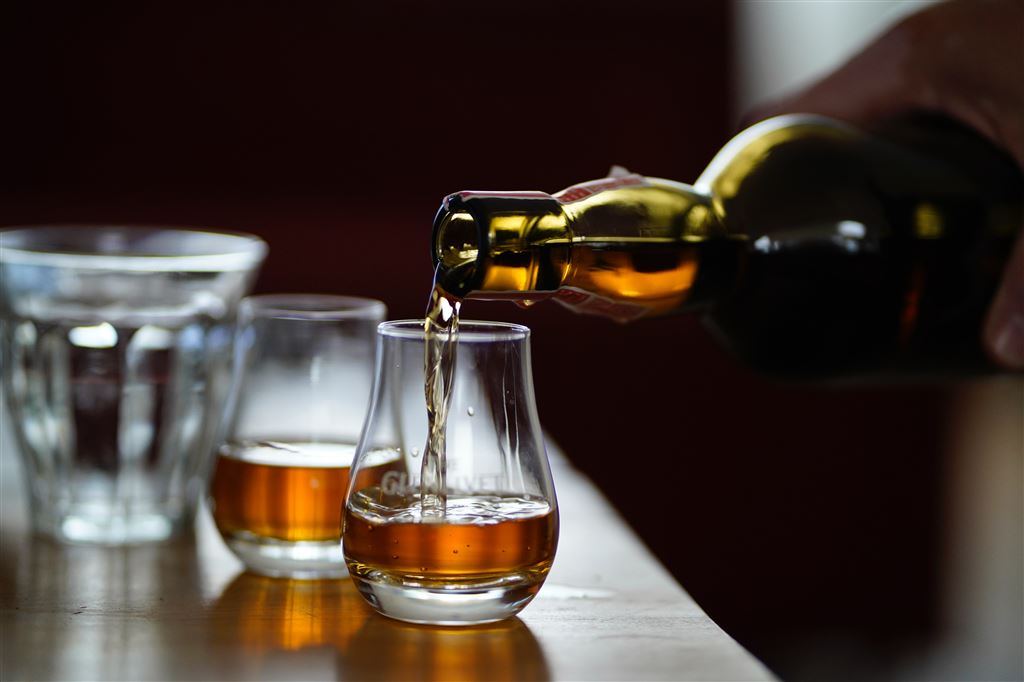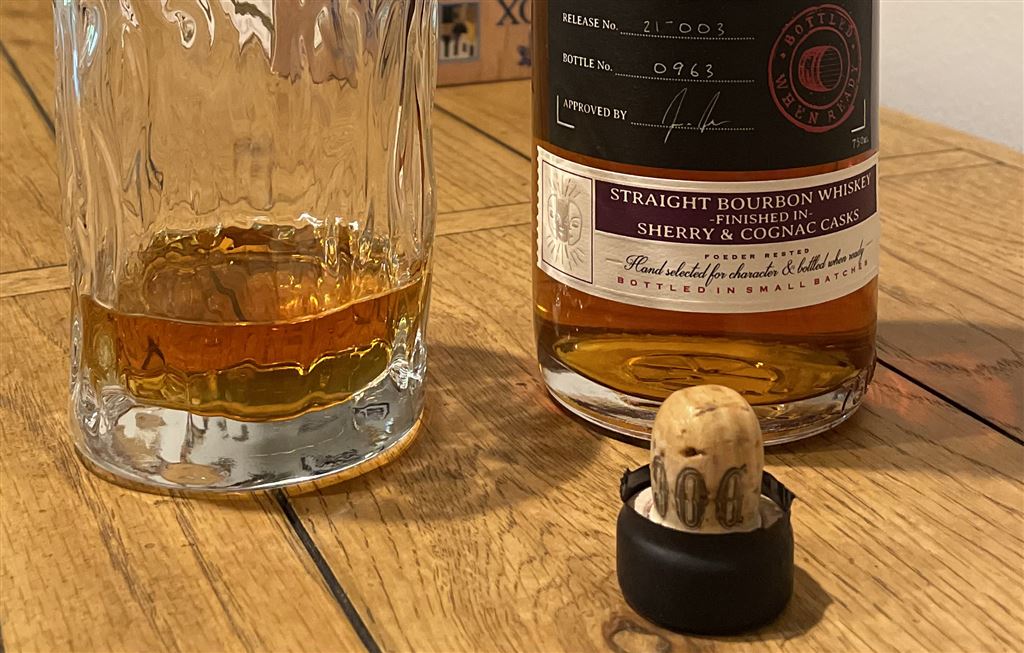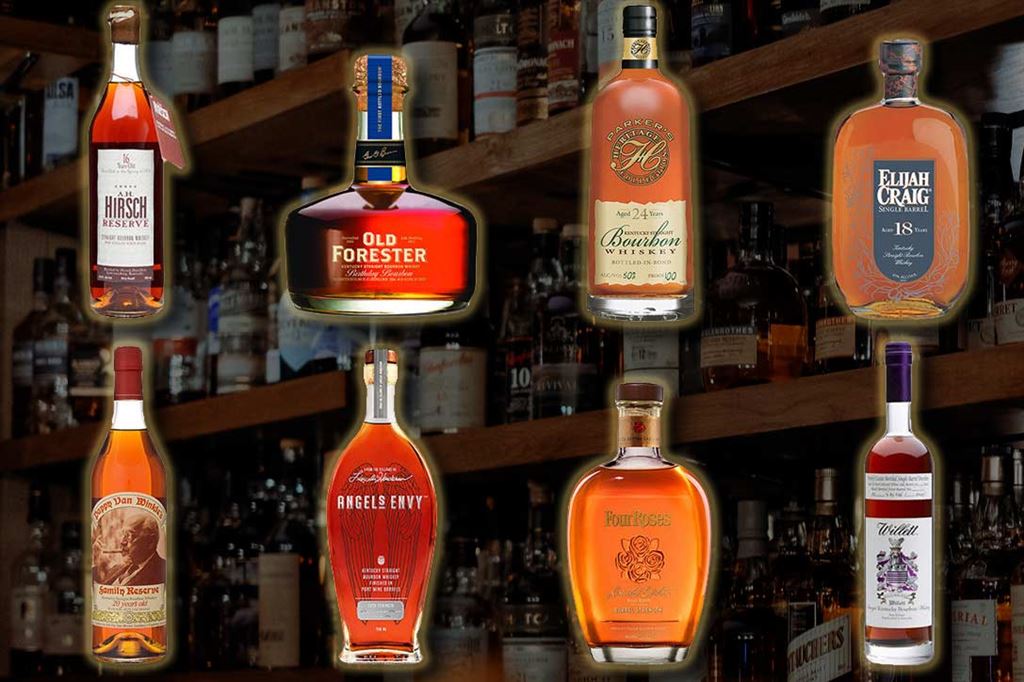Bourbon is one of the United States’ finest contributions to the world of whiskeys. Legally, bourbon mash must have at least 51% corn and undergo aging in a new charred oak barrel. Regardless of its growing popularity, bourbon whiskey jargon remains unknown to many people, especially new bourbon devotees.

The rest of this article demystifies 10 terms that every new bourbon whiskey enthusiast should know:
Normally, whiskey makers dilute whiskey in water before bottling it after the aging process in barrels. Cask strength bourbon whiskey has not undergone any dilution after the end of its aging process. In short, cask strength is bourbon which has gone from the barrel straight to the bottle.
Generally, barrel-proof bourbon contains between 52% and up to 65% of alcohol by volume (ABV). Therefore, cask strength bourbon whiskey is ideal for those who love drinks with strong alcohol content and a natural taste. On top of that, cask-strength whiskey provides enthusiasts with an opportunity to experiment with their own blending preferences.
Cask Finish
Cask finishing is a process through which whiskey makers enhance the flavor of bourbon. The process involves transferring the bourbon from the primary cask in which it underwent initial aging to a second barrel. However, the time spent in the secondary cask is significantly shorter than that spent in the primary cask.
In most cases, the secondary cask contains remnants of another alcoholic drink e.g.
- Sherry
- Port
- Madeira Wine
- Rum
- Brandy
- Bordeaux wine
- Beer
- Cognac

When the bourbon combines with leftovers of the finishing liquid, it draws in new flavors, taking up a completely different character from the bourbon in the primary cask.
Single barrel bourbon is a premium whiskey that comes from a single maturation cask. This means that every bottle of single barrel bourbon only contains whiskey from one barrel. Notably, the whiskey must have stayed in that one barrel from distillation up to the moment it was bottled.
Oak barrels have distinct individual characteristics and live different lives. For example, one barrel may live its life next to a window while another may live in a dark basement. The different factors and conditions affecting each barrel contribute to the individuality of the bourbon stored in each. Ultimately, every barrel produces whiskey of a different character and consistency.
In some cases, distillers make a whiskey blend using whiskeys from a select but limited number of barrels. The number of barrels in each batch varies from one distiller to another since each is free to set its own small-batch standards. For example, some distillers use a batch of at most 10 barrels, while others use 20 barrels in a batch.
Small batch whiskey makers select barrels based on how well the flavors combine or complement each other. Batches that contain a larger number of barrels generally have a higher consistency than those with fewer barrels. Conversely, batches with fewer number barrels achieve more unique and specific tastes.
Wheated Bourbon
Typically, bourbon contains at least 51% corn, with 49% composed of a mix of wheat and flavoring grains. Most often, distillers opt for a bourbon recipe that contains rye as the flavoring grain.
When distillers use wheat instead of rye in the bourbon mash, the resulting product is known as wheated bourbon. Whiskey experts have described wheated bourbon as lighter in weight and having a softer character than bourbon made from rye. Wheated bourbon is also relatively sweeter than bourbon containing rye.
Interestingly, using wheat in place of rye also allows whiskey makers to age bourbon for a longer period of time.
High Rye
By now, you already know that a traditional bourbon formula consists of corn, barley, and rye. When the rye content of bourbon whiskey is between 20% and 36%, it is a high-rye bourbon.
Rye grains add a strong and spicy flavor to bourbon, giving it a sharp but delightful bite at the end. Since high-rye bourbons contain a larger amount of rye grains than normal, they have a warmer, spicier, and bolder flavor.
Allocated Bourbon
Allocated bourbons are simply products whose supply is limited. Alternatively, allocated bourbons can refer to bourbon brands that are hard to find. Most bourbons from the Buffalo Trace Distillery fall into this category. These supply shortages are often a result of factors such as long aging processes. In other cases, manufacturers intentionally choose not to make the bourbon available in certain markets.

Allocated bourbons are often available only at select retailers. Additionally, the competition for allocated bourbons is often high since even select stores may only have a few bottles. Therefore, it is not uncommon for avid fans to book and buy allocated bourbon bottles even before they arrive in the store.
A bourbon mash bill is simply another term for a bourbon recipe. As already stated, bourbon mash bills must contain a minimum of 51% corn as the base grain. The remaining 49% comprises different combinations of malted barley and flavoring grains such as rye or wheat. Malted barley is especially useful for the fermentation process as it contains enzymes that convert starch (from corn and rye or wheat) into sugar. The yeast then feeds on these sugars, converting them to alcohol.
In the end, the combination of grains used in a bourbon mash bill depends entirely on the distiller.
Tater is a term that refers to people who are new and avid bourbon enthusiasts and who perpetuate the hype on overpriced bourbons. Taters identify with bourbon as a hobby and may engage in rather unreasonable actions to prove that they are bourbon experts. For example, taters are often the first to post unopened bottles of bourbon on social media for which they paid too much. Taters may also buy a bourbon bottle simply because it is trending or simply because it is a new release. More often than not, bourbon taters are new to the whiskey world.
Lastly, a dram refers to a glass of bourbon whiskey. Having originated from Scotland, a dram specifically refers to a single serving of bourbon whiskey. Traditionally, a dram represents 1/8th of an ounce. However, the quantity of a dram depends on whoever is pouring. Nonetheless, a common rule is that a person should be able to swallow a dram of whiskey in one mouthful.